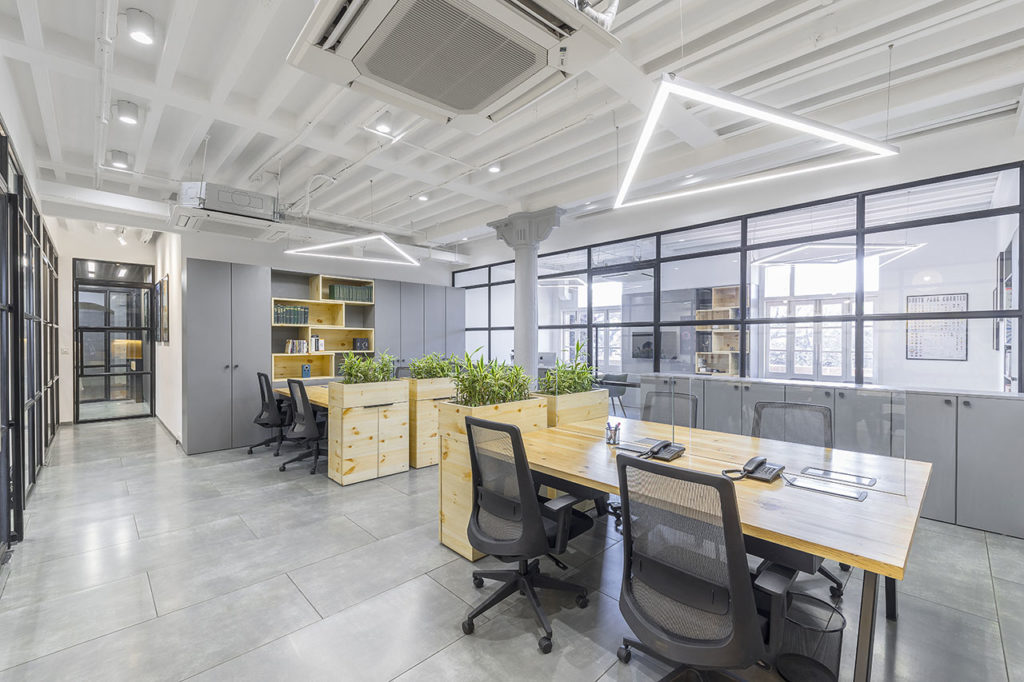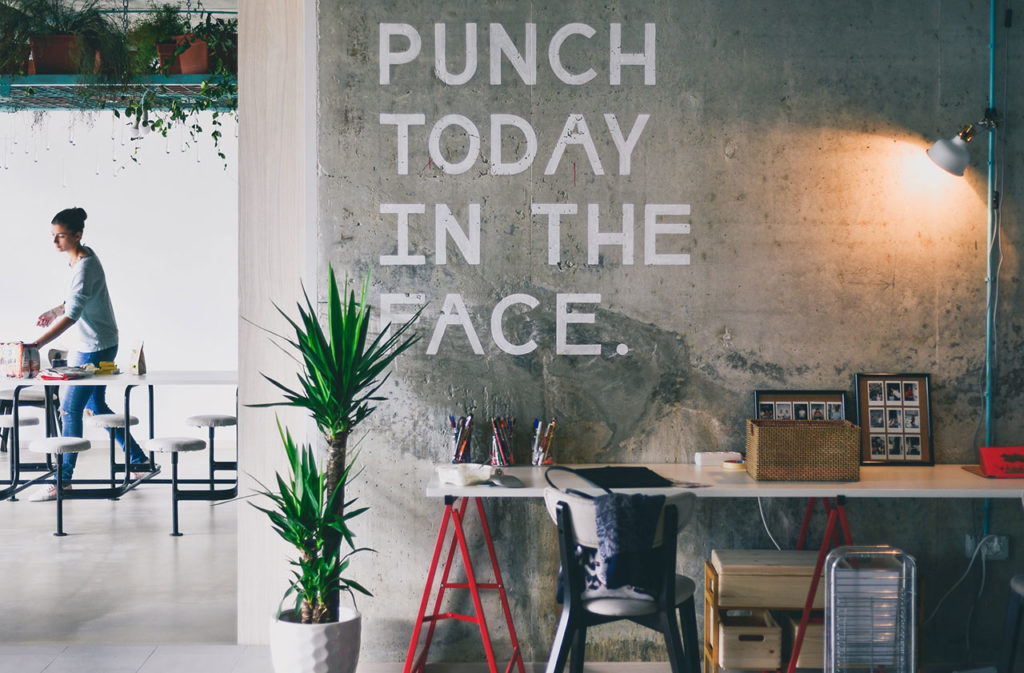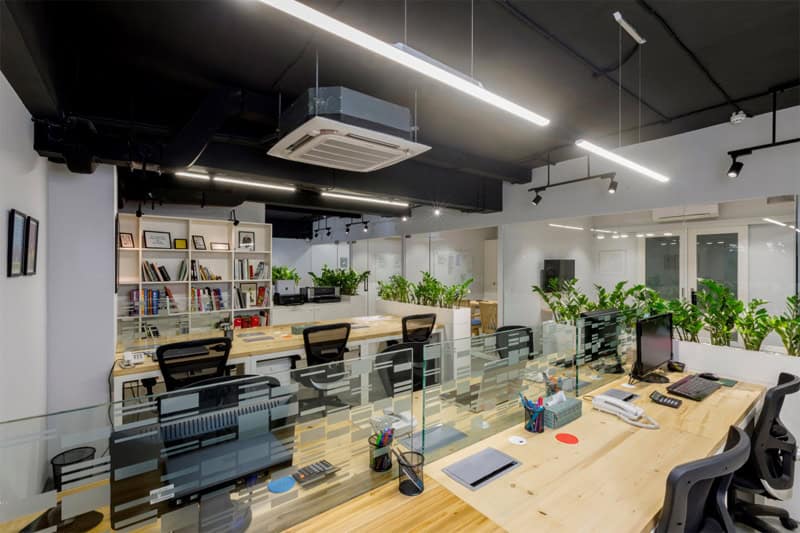Let’s say you’ve decided to upgrade your modern office interior, or maybe you’re still thinking about it trying to decide if it’s really worth it. There are a lot of options, but we’ve narrowed down the top 4 best office interior design improvements that we believe make the most impact to employee productivity, health and well-being.
Create Different Working Zones
The philosophy of office design is changing. In the last decade, we’ve seen a strong trend with office interior designers in Mumbai to create open offices dominated by workstations with minimal barriers. Open offices look great in pictures and definitely add a wow factor to the brand. However, they can also be increasingly noisy. A disruptive environment can reduce the productivity of the staff by breaking people’s concentration on complex tasks. Now we’re seeing office design trends which focus on a mix of work spaces designed for different types of activities – cubicles for focused work, community tables for collaboration, and lounge areas to decompress.
If you’re designing your office from scratch, it’s easy to do. But how can you update a current space to incorporate these modern office design principles? The first step is to evaluate your business and the types of tasks that your employees perform on a daily basis. After that, you can analyze the current space allocation and see if there’s any opportunity for zoning of areas. This can make a transformational change to your business and organization.
Not sure where to start? Our team of office design experts is here to help. Give us a call for a consultation on some easy improvements that can transform your space.
Let There Be Light

Suspended linear lights over the workstations focus light on task areas while ceiling mounted fixtures create an overall bright and inviting atmosphere.
Proper lighting may seem like an obvious topic, but yet it is one of the essential elements in contemporary interior design which is often compromised. When done poorly, lighting can have a strong negative affect on employee comfort and even health. Of course natural light is best, but what if your office has just a few windows (or none at all!) Don’t despair. There are still many design strategies that you can use to create a lighting scheme which mimics natural light of day and enhance productivity.
Let’s review the basics of office lighting design. Workstation areas should have direct task lighting in a whiter temperature – 4000K is best as it is the closest resemblance to the color of daylight. Conference rooms and meeting areas can have a combination of direct and indirect light depending on the activity which is taking place. In lounge areas where you want a more relaxed atmosphere, choose 3000K (warm white) which will create a slightly yellower glow to the space. This will calm and relax the eyes. Avoid 6000K lighting (bluish white) which looks clinical and flat. These lights are best for operating theaters, not offices.
Add a personal touch

Decorate your office space with images that are meaningful to you on a personal level or as a company. See if any of the artwork can also work as a conversation starter. These kinds of pieces are great to place in the reception or conference room so they can be used to build rapport with prospective clients.
You can also use decorating as a way to motivate and build unity with the staff. Ask them for office decor ideas which would be meaningful to them. You can even hold a contest for the best suggestion.
Bring in some green

We’ve used zamias in our own contemporary office interior design to add a striking color and a lively natural element
What office interior designers in India often miss is the importance of green. Indoor plants can convert a dull and lifeless office into a vibrant working space. Studies have shown that seeing greenery (and even looking at indoor plants) can reduce stress and increase a feeling of contentment and well-being. Placing potted plants near windows is an easy upgrade that can be made to any office space. There are also certain plant varieties which can thrive indoors without any natural light at all.





